Building of the Day: 315 Clinton Avenue, the House That Coffee Built in Clinton Hill
Brooklyn, one building at a time. This grand mansion was built for Coffee King John Arbuckle. It was one of architect Montrose W. Morris’s first large mansion commissions. Name: John Arbuckle House, now condominiums Address: 315 Clinton Avenue Cross Streets: DeKalb and Lafayette avenues Neighborhood: Clinton Hill Year Built: 1888 Architectural Style: Romanesque revival Architect:…
Brooklyn, one building at a time.
This grand mansion was built for Coffee King John Arbuckle. It was one of architect Montrose W. Morris’s first large mansion commissions.
Name: John Arbuckle House, now condominiums
Address: 315 Clinton Avenue
Cross Streets: DeKalb and Lafayette avenues
Neighborhood: Clinton Hill
Year Built: 1888
Architectural Style: Romanesque revival
Architect: Montrose W. Morris
Other Works by Architect: Nearby houses/apartment buildings at 184-188 Clinton Avenue, 282-290 and 185-189 DeKalb Avenue, 515 Clinton Avenue, Roanoke Apartments and 24-26 South Oxford Street in Fort Greene. Many other buildings in Bedford Stuyvesant, Crown Heights, Park Slope and Brooklyn Heights.
Landmarked: Yes, part of Clinton Hill Historic District (1981)
John Arbuckle’s immense fortune came from the coffee business. He was a perfect client for the young Montrose W. Morris, who was just beginning to get those lucrative commissions from his desired demographic: rich people.
Brownstoner’s recent Walkabout columns have been about Mr. Arbuckle and his coffee business. As noted in this last chapter, Arbuckle moved to New York in 1871, opening an outpost of his Pittsburgh-based coffee and wholesale grocery business, Arbuckle & Co.
By 1881, the company was only in the coffee business. They moved to Brooklyn’s Dumbo neighborhood where John and his older brother Charles eventually built an entire factory complex to house their warehouse, coffee roasting and packaging business.
The Arbuckle brothers had the nation’s first packaged and branded ground roast coffee, which they marketed under the name Ariosa. This coffee would be distributed all over the country, from the largest cities to the cowboys on the range.
1912 Brooklyn Eagle photo
Arbuckle Meets Morris
The first Arbuckle home in Brooklyn was a row house on Willow Street in the Heights. As the Arbuckle family grew, John hired the young Montrose Morris to design an extension on the back in 1886. Morris also gave the interior an architectural upgrade. Knowing Morris’s style, it was probably quite posh.
Montrose Morris was only 25 when he took on this job. He had been on his own with an office on Exchange Place since 1883. He would have just completed his own home, a wedding present to his new wife, when he got this job.
A master at marketing, he opened his home up to the public, using it as a calling card and audition piece for his business. Perhaps Arbuckle was one of the thousands of people who passed through the house.
By 1888, Arbuckle was ready for a much larger home. He must have like the brash young Morris, who was as good at branding as he was, and had great self confidence in his abilities. He also must have liked the job he did on Willow Street.
Arbuckle purchased this large lot on Clinton Avenue, right next door to the new home built for George Jennings, the owner of a very lucrative lace glove and mitt business.
Clinton Hill was filling up with the new aristocracy like Jennings and Arbuckle, all self-made men who had taken familiar and everyday products and had developed new manufacturing techniques and made huge fortunes.
Photo by Christopher Bride for Property Shark
Montrose Morris’s house for John Arbuckle
Morris built a grand semi-detached brownstone mansion at 315 Clinton Avenue. It is full of the kinds of details that made Morris one of Brooklyn’s finest architects.
The entrance is an open piazza reached via a wide stoop. Morris loves piazzas and loggias, those passageways lined with columns; it’s one of his most iconic themes throughout his architecture. No doubt he imagined the homeowners gracefully promenading from space to space.
The house’s most noticeable feature is the large oriel in the front, supported by a gracefully carved corbel with delicate Byzantine leaf ornament.
This same delicate ornament surrounds the doorway and windows. Morris was honing his skill as a master of detail here. Note the twisted colonnettes amidst the quoins on the corners of the house, as well as all of the details on the exposed right side.
The plans for the building show there was once a porch on the side, at the rear. A handsome carriage house, also by Morris, is in the back of the property facing Waverly Avenue.
Inside, there was fine woodwork everywhere, and all of Morris’s signature interior details, such as large ornate fireplaces, fine built-ins and floors, with stained glass transoms and windows. Many of Morris’s stained glass windows were executed by the Tiffany Studios, and Arbuckle could certainly afford this luxurious detail.
John Arbuckle lived here at 315 for the rest of his life. He died here at home on March 27, 1912. Ironically, the date was 21 years to the day after the death of his brother Charles. He was 74. John Arbuckle is buried in Pittsburgh, as are all of the Arbuckles.
Mary Arbuckle died in 1907, so in 1917 the Arbuckle heirs sold the house. The new owner was William Dixie Hoxie, a marine engineer and inventor and boiler manufacturer. His company was called Babcock & Wilcox. Hoxie was V.P. of the company when he bought the house, and later became the president.
Sometime around World War II the house became the property of Queen of All Saints Catholic Church, on nearby Vanderbilt Avenue. Their ownership saved the mansion.
The church took care of the property at a time when the government was buying up Clinton Hill’s mansions to tear them down for Navy housing — what are now the Clinton Hill Co-ops. In later years, church ownership also prevented the building from deteriorating, or being destroyed by inappropriate uses.
The grand mansion is now a nine-unit condominium, which includes the carriage house. Many of the original details still remain in the interior of this stately home.
[Photos: Suzanne Spellen unless otherwise noted]
Related Stories
Suzanne Spellen, aka Montrose Morris, Is Writing Brownstoner’s First Book
The Amazing Mansions of Clinton Avenue: A Tour of American Architectural Styles (Photos)
Walkabout: King Coffee, the Magic Beans That Powered Brooklyn












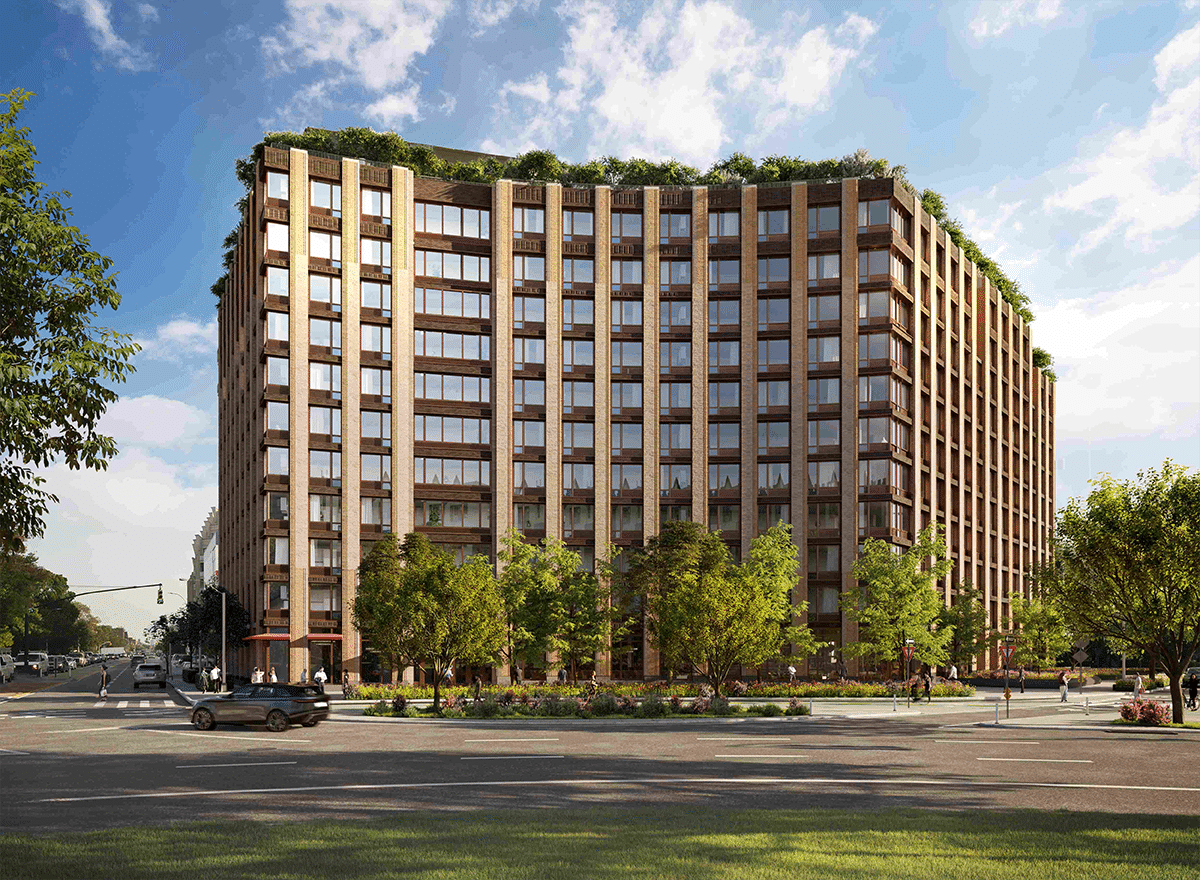
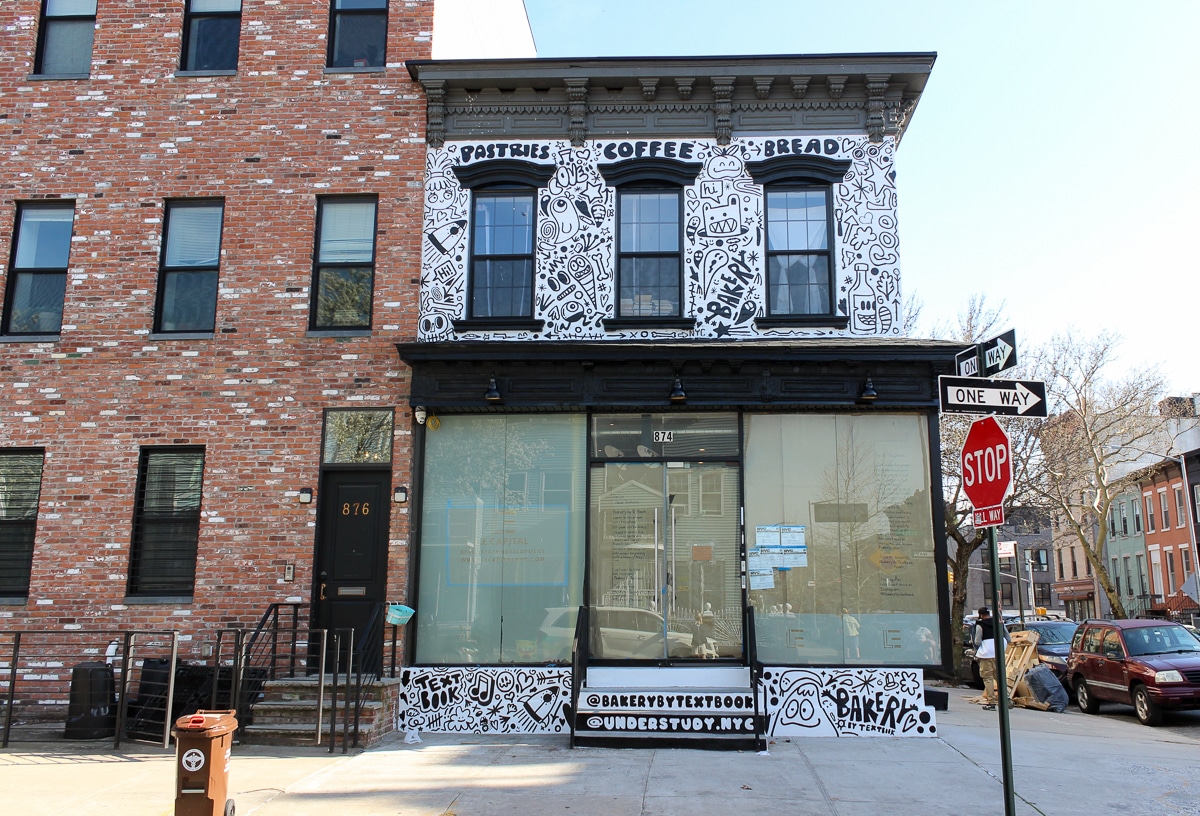
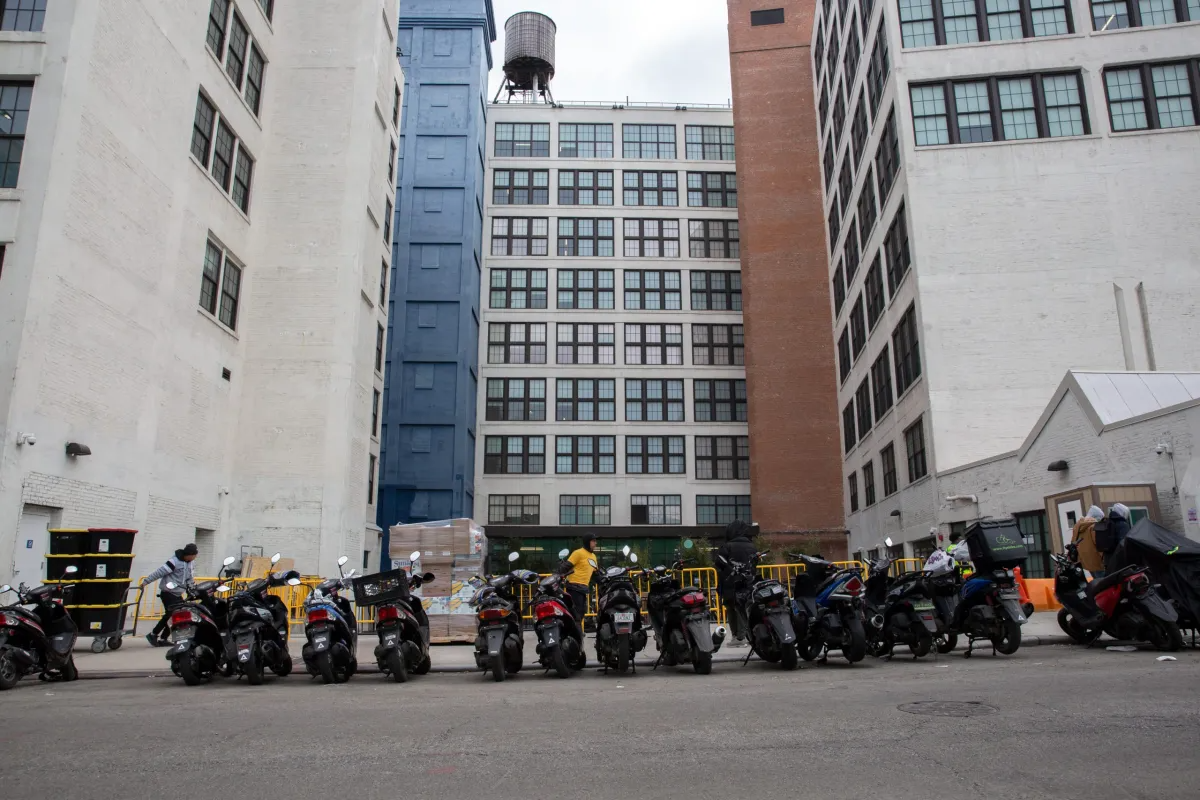
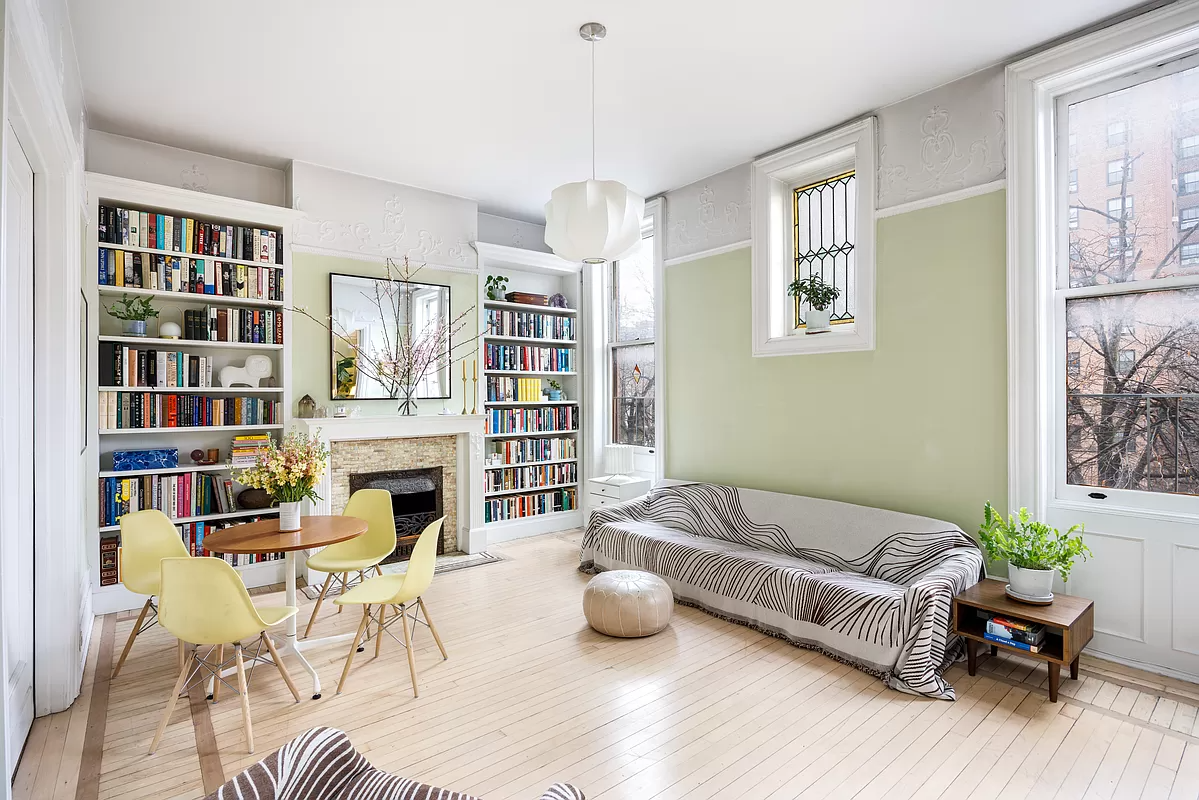
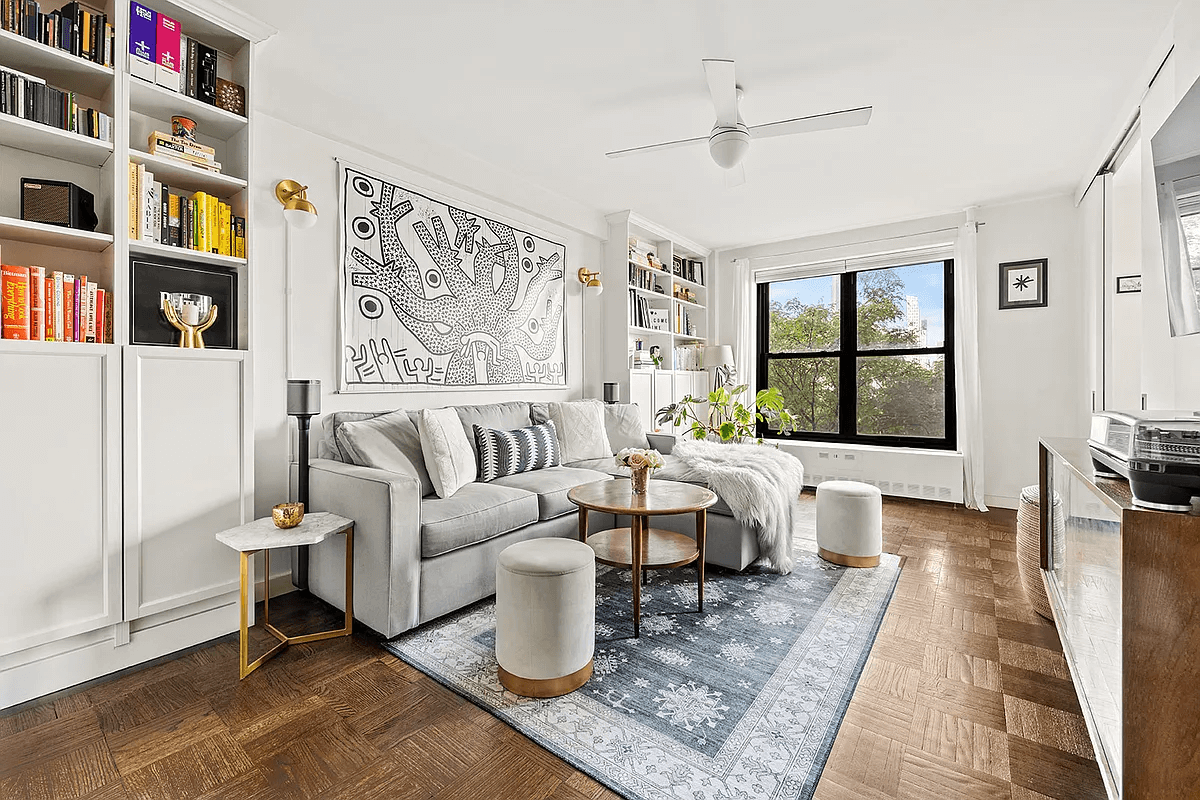
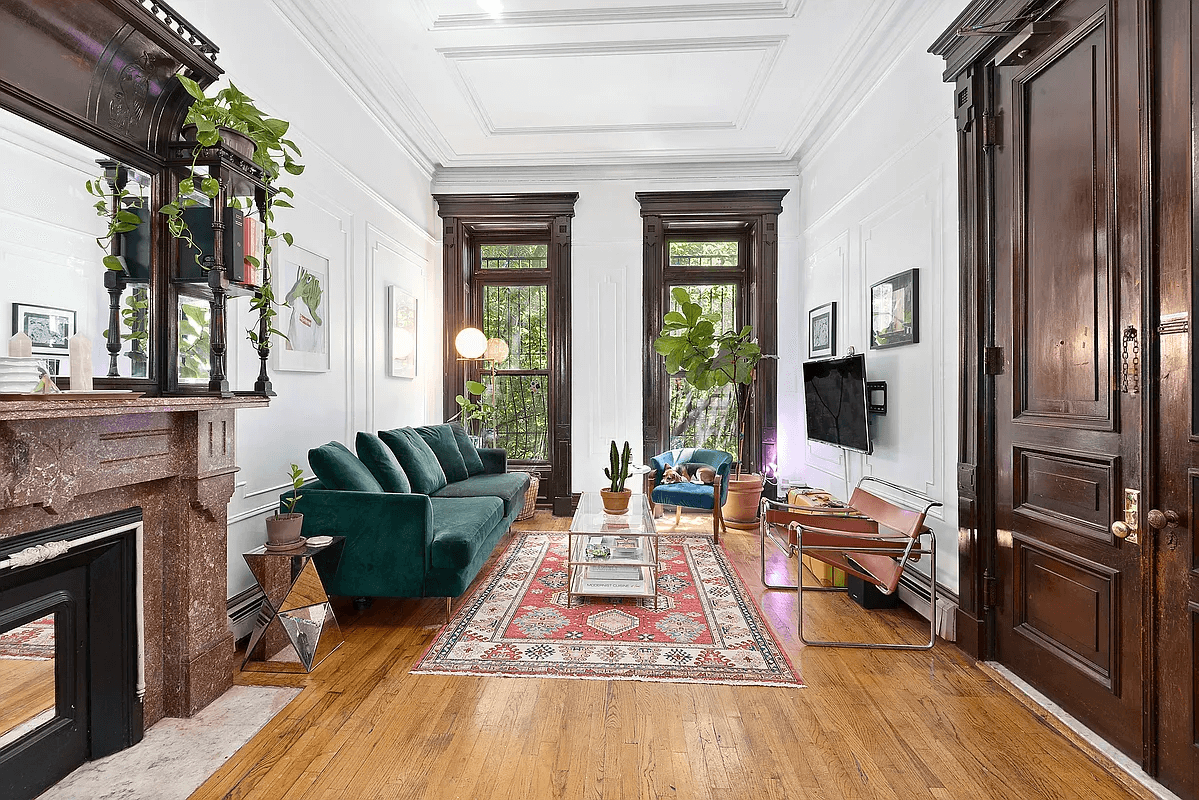
What's Your Take? Leave a Comment